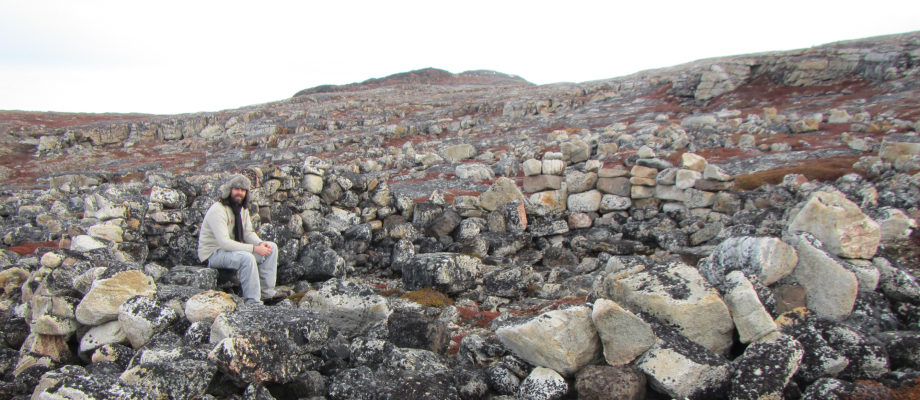 Landscape of Culture
Landscape of Culture
The Development of Heritage Policy and Law in Nunatsiavut
This project responds to needs identified by Labrador Inuit during the process of land claims negotiations and explicitly outlined in the context of the Labrador Inuit Land Claims Agreement (LILCA). Chapter 15 of the LILCA deals with archaeology and gives the Nunatsiavut Government (NG) specific legislative powers that relate to archaeological activities, sites, and materials, Inuit cultural materials, Inuit burial sites, and Inuit human remains, as well as historic buildings and archival records. Today each of these categories is the responsibility of the NG’s Minister of Language, Culture, and Tourism (LCT), who is supported by civil servants within the Nunatsiavut Archaeology Office. The NG’s Organization Order, under the government’s Organization Act, gives the LCT a mandate to, among other things, establish and administer “…policies, programs, and services to ensure that the Nunatsiavut Government meets its responsibilities to preserve, protect, and manage the historic resources of Nunatsiavut…” (NGSL-2010-09).
The goal of this research is to provide a set of recommendations to the NG in relation to its powers to develop heritage policy and law in Nunatsiavut that reflect the needs and wishes of the people living in the region. The work involves a review of relevant archaeology and political science literature, as well as relevant policy and legislation, use of the NG’s own policy cycle, and public engagement to ensure that the resulting recommendations are appropriate and are as useful as possible.
Specific methodology, and the nature and extent of public engagement, were developed and determined in collaboration with the LCT and the Nunatsiavut Secretariat in accordance with the NG’s policy cycle and the Tri-Council Policy Statement: Ethical Conduct for Research Involving Humans (TCPS2). In January of 2018, I approached the Minister and Deputy Minister of LCT to seek formal approval to move ahead with the project, which was met with support, allowing me to move forward.
Two additional public engagement tours were planned and carried out in the fall of 2018 and in the spring and summer of 2019 in close communication with the LCT and the NG Secretariat. These events were undertaken in order to discuss and hear back from interested community members about identified heritage policy issues. The results of these engagement sessions are currently being analyzed and the project is expected to be completed within the next year.












